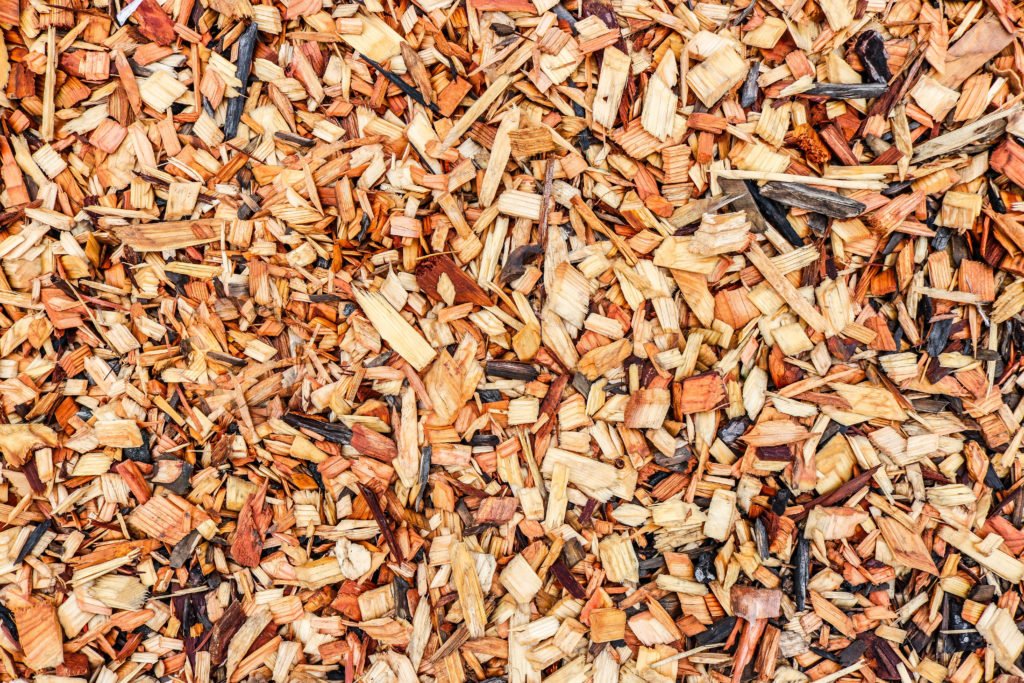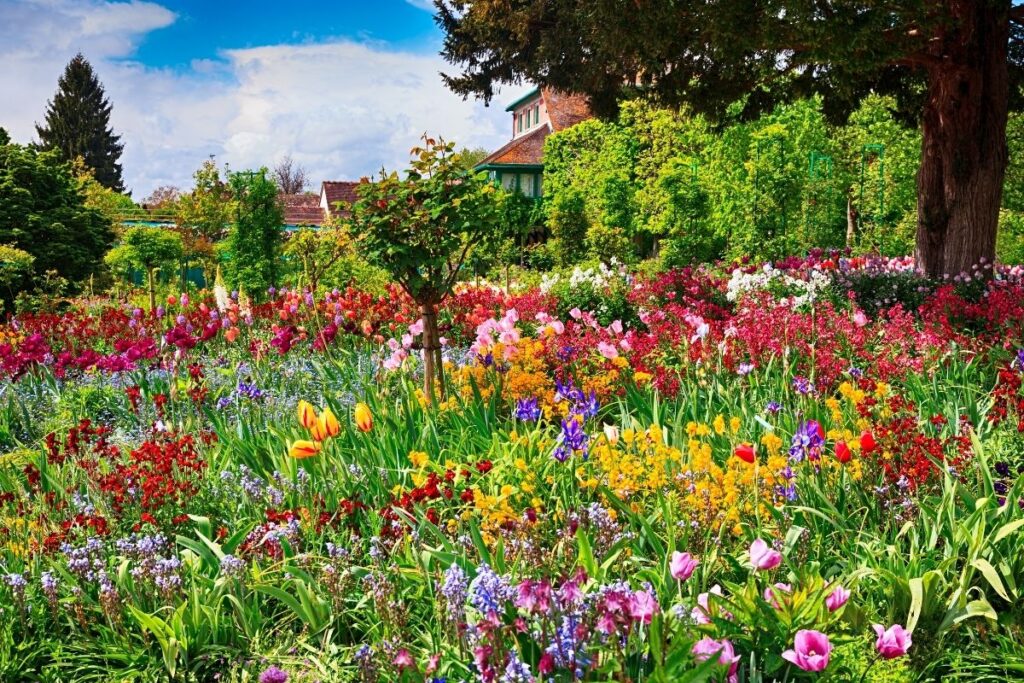Looking for ways to use neem oil for your plants? Perhaps you need a neem oil soap recipe for plants? You’ve come to the right place. In this article, we will cover everything you need to know about neem oil and how to use it in your garden and for your houseplants. We’ll also provide a simple neem oil soap recipe that you can use to protect your plants from pests and diseases. So let’s get started!
What is neem oil?
Neem oil is a natural product made from the seeds of the neem tree, Azadirachta indica. It has been used for centuries in India and other parts of Asia for its medicinal properties.
Neem oil is an effective insecticide and can be used to control a variety of soft-bodied pests, including aphids, whiteflies, leafhoppers, thrips, spider mites, mealybugs and beetle larvae. Neem oil may work on some caterpillars and will not work on spiders, earwigs, or ants. It can also be used as a fungicide to prevent powdery mildew and black spot on roses.
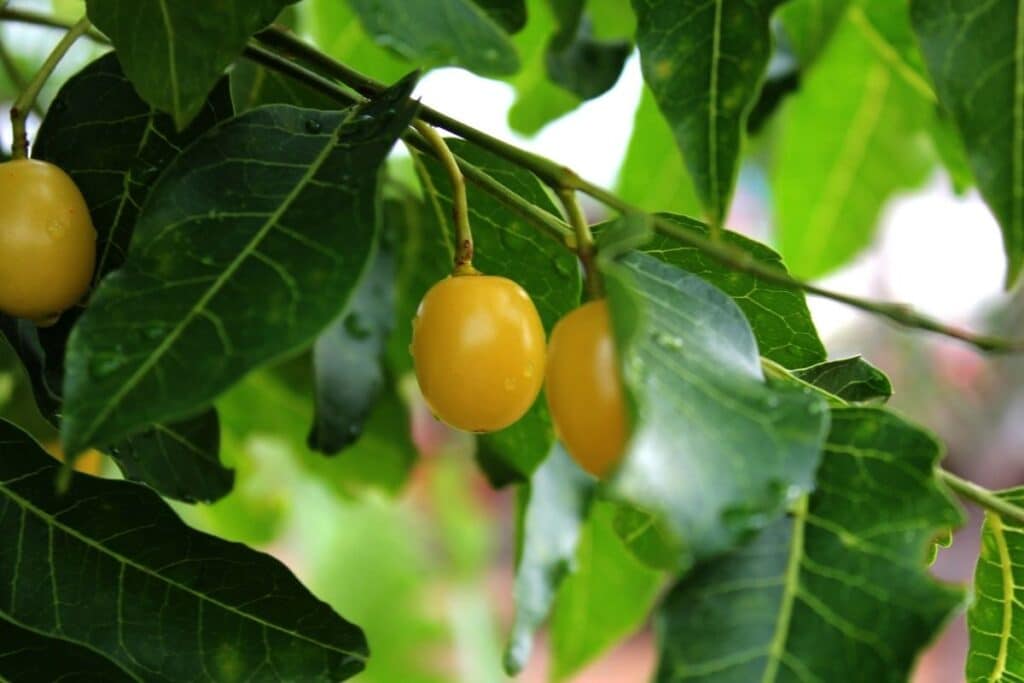
In addition to its pesticidal properties, neem oil is also rich in fatty acids and antioxidants, making it an excellent choice for skincare and hair care products. It is often used in soaps, shampoos, and lotions due to its ability to moisturize and protect the skin.
Whether you’re looking for a natural pest control solution or just want to try something new, neem oil is definitely worth trying out.
Why is neem oil used in organic gardening?
Neem oil is a popular choice for organic gardening because it is one of the few organic methods that are actually quite effective at controlling pests while being non-toxic and safe to use around children and pets.
When used as directed, neem oil will not harm plants or animals. Remember, it is actually no longer active once dry. To avoid harming beneficial insects like bees and butterfly, be sure to apply neem oil at dusk when they are less active, only to areas where pests are present and avoid spraying neem oil on blooming flowers. We’ll talk more about application later in this article.
Ways to use neem oil in your garden
Neem oil is a versatile gardening tool that can be used for a variety of purposes. Here are just a few of the ways that neem oil can be used in the garden:

A foliar spray to discourage pests
If you are experiencing an issue with soft-bodied pests like aphids, whiteflies, leafhoppers, thrips, spider mites and mealybugs you can make a foliar spray to help control an outbreak. Neem oil has been found to be most effective when used as a foliar spray on young plants.
Neem oil has a half-life as low as 45 minutes or up to four days in water, so to be successful, you want to make your neem oil recipe in small batches. Only make what you need for one application.
To make a neem oil foliar spray you want to mix 1 1/2 teaspoons of neem oil concentrate with 1/2 teaspoon mild dish soap per quart of water.
As a soil drench
For sucking and piercing pests, a systemic approach may be a better solution. A systemic pesticide is one that is absorbed by the plant and distributed throughout the tissues, making it effective against pests that feed on the plant.
To make a neem oil soil drench you want to mix together the same recipe as the foliar spray. Since you will likely need a larger amount, here is the conversion for making a gallons worth:
- 1 oz neem oil concentrate per gallon of water
- 2 teaspoons of mild dish soap per gallon of water
Note that neem is a bitter substance and you may not want to use it as a soil drench in your edible vegetable garden because of this.
As a fungicide
Some believe neem oil helps to prevent fungal diseases, such as powdery mildew, and thus while you spray for pests you’re getting the added bonus of applying a fungicide at the same time.
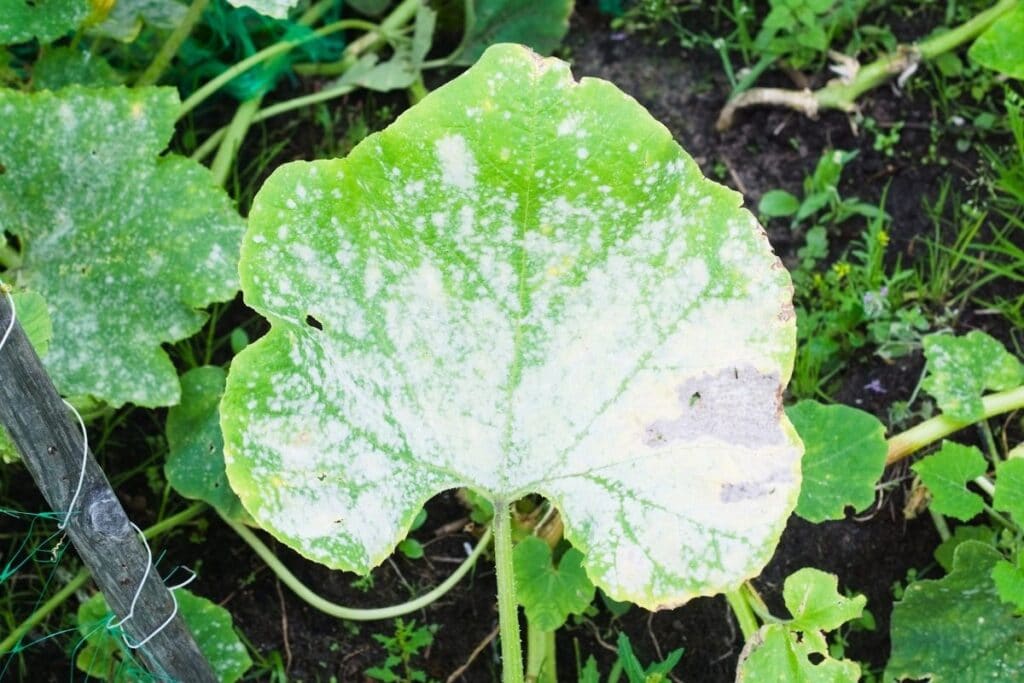
Keep in mind that neem oil isn’t an effective treatment of existing powdery mildew and won’t remove or eliminate an existing outbreak. Neem oil is more of a preventative, thus is best used BEFORE you see the disease.
Where can I get neem oil?
Ok so now that you know what neem oil can do, you’re probably wondering where you can get some.
You can find neem oil at most garden centers or online retailers that sell gardening supplies. You can purchase a ready-to-use neem oil spray or purchase neem oil concentrate to make your own DIY neem oil spray, as we’ve mentioned above.
Because of the limited viability of neem oil once added to water, I prefer to make my own batches.
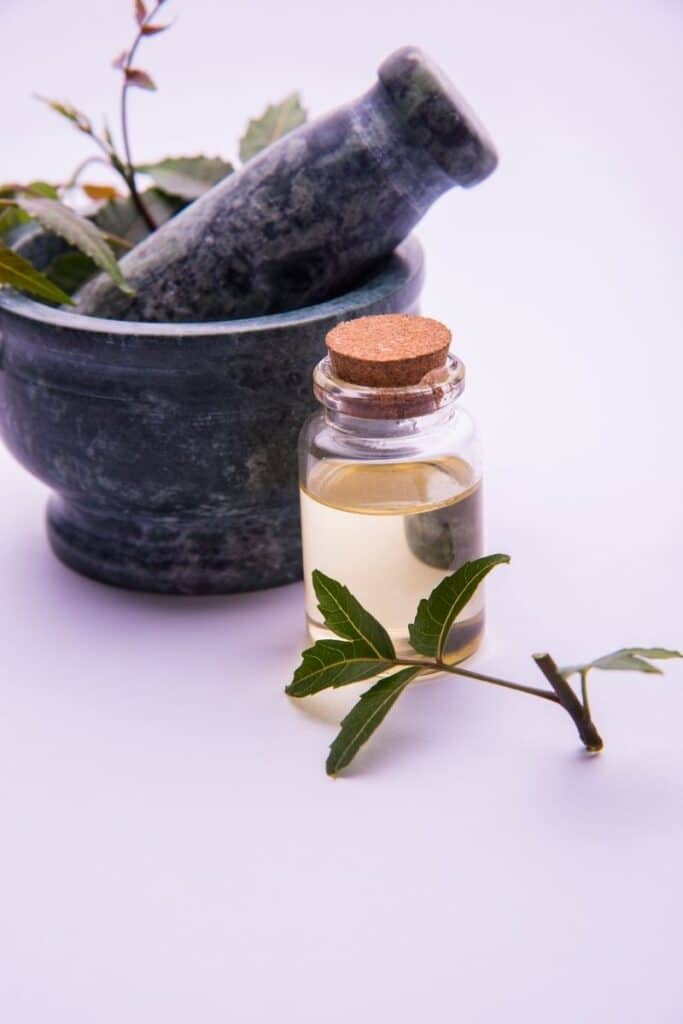
I’ve tried neem oil on pests before and it doesn’t work!
If you’ve tried neem oil before and it didn’t work for you, there are several possible reasons why:
- You didn’t use enough neem oil. The recipe we gave above is what is used for the majority of neem oil concentrates available, but be sure to refer to your specific product for correct dosing.
- Your neem oil is too old. Neem oil has a shelf life of about 1-3 years from the date of manufacture. After that, it begins to degrade and lose its efficacy.
- You used a neem oil soap mixture that was made more than 2 days ago. Remember neem oil begins to degrade very quickly once mixed with water. Only mix as much as you will use in one day for maximum effectiveness.
- You didn’t add an emulsifier. An emulsifier helps neem oil mix with water. Without an emulsifier, neem oil will just float on the surface of the water and won’t be as effective.
- You didn’t purchase the right neem oil!
Which neem oil is best for pests?
Wait, there is a right and a wrong neem oil? Yes, there is! There are many different ways that neem oil can be extracted from the neem tree (Azadirachta indica) and many different ways to process the oil.
To make sure you are purchasing the correct neem oil for plants, you’ll want to take a look at the ingredients list to make sure you are buying neem with insecticidal properties.
You want it to specifically list azadirachtin as an ingredient – preferably around 2,000 ppm (2 g/l, or 0.2%).
If the product does not list azadirachtin, you can assume it is not the neem oil you want. Do not be fooled if they list Azadirachta as an ingredient as this is simply part of the scientific name of the tree.
Which neem oil products are the best for plants?
Many products try to fool you by stating “ultra high azadirachtin content” in the product description but then don’t actually list it in the ingredients. It’s actually quite difficult to find non-mainstream brands that actually list the concentration of azadirachtin in them.
As such, I’ve gone through countless reviews and settled on these OMRI listed products that appear to be popular with organic gardeners looking for pure neem oil:
For those that prefer a ready-mix product from a well-known, dependable garden brand, I highly recommend Bonide’s Ready-To-Use Neem Oil.
It’s good to know that pure neem oil tends to solidify at cold temperatures so you’ll want to store above 65° F and below 95° F. If your neem oil solidfies or thickens, just place the bottle in warm water.
How do I make neem oil soap?
To make your own neem oil soap spray, you will need neem oil, liquid castile soap, water, and a spray bottle. The exact measurements will depend on the neem oil your purchase, so be sure to read your label’s instructions.
If you want to follow my recipe below, I have included links for the exact products used.
- 100% Cold-pressed pure Organic Neem Oil
- Quinn’s Pure Castile Organic Liquid Soap, 32 ounce (Unscented)
- 16 oz spray bottle
NOTE: Since 1 quart = 32 oz, you’ll want to halve the ingredients I recommended earlier.
To make 16oz of spray (which is enough for my entire backyard garden of 40 containers of plants) add the following to your 16oz spray bottle:
- 3/4 teaspoon of neem oil
- 1/4 teaspoon of castile soap
Fill to 16oz line with water and shake well.
Now that you have your neem oil soap mixture, it’s time to put it to use!
When and how do I apply neem oil soap?
You can use neem oil whenever pest problems appear. Neem oil soap is most effective when applied early in the morning or evening, to avoid burning your plants in the sun. This is also when beneficial insects like butterfly and bees are less active.
For best results, I recommend manually removing infested leaves or using water to squirt off large amounts of pests first, and then applying your neem oil spray to both sides of leaves and any other portion of the plant that is affected to work on any remaining critters.
Keep in mind that neem oil is a contact pesticide only. Neem oil works by disrupting the life cycle of pests, preventing them from feeding or reproducing. As a result, it is an effective way to reduce the population of pests in your garden but it also takes some time to work. It must coat the insect or eggs to work, so it is important to fully coat all leaf surfaces and apply it repeatedly (as often as once a week). It may take several applications to control heavy infestations, so be patient.
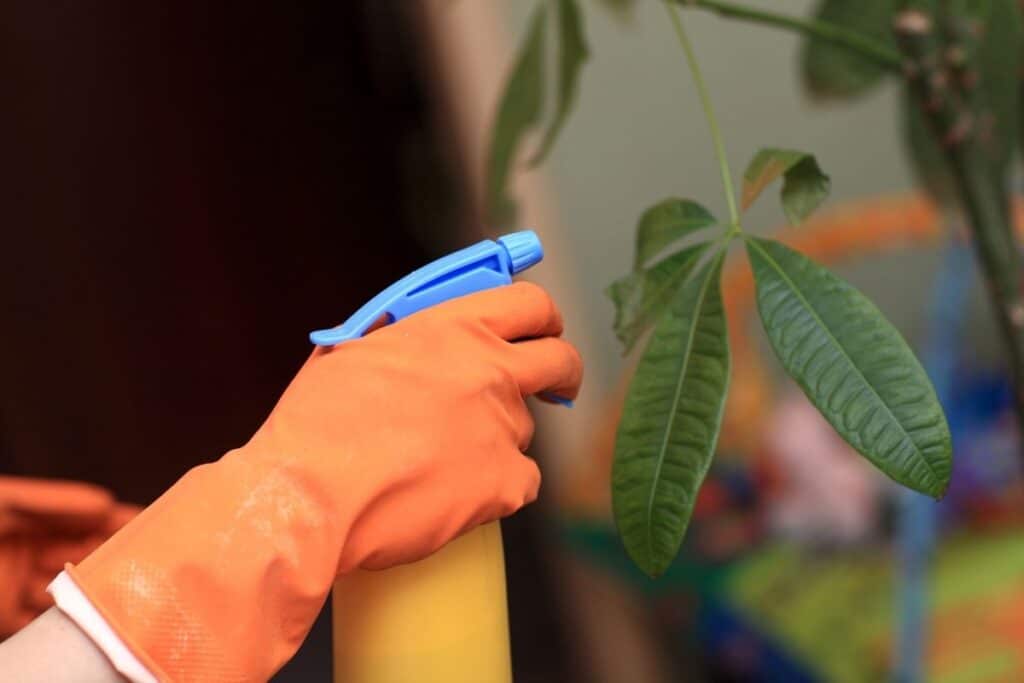
Many organic gardeners choose to use Neem oil soap spray In concert with food grade DE (diatomaceous earth) as an effective complete garden pest solution. When used together, neem oil soap spray and DE can provide comprehensive protection for your plants.
DE is a completely different type of pesticide that works by physically scraping the exoskeletons of crawling insects, causing them to dehydrate and die. I have had success sprinkling DE throughout my garden on the soil, near everything from cucumber, to tomatoes to peppers to lettuce and roses.
Can neem oil kill my plants?
While not common when used properly, any pesticide application has the potential to have negative effects on your plants. It’s always a good idea to conduct a little test before applying any sort of plant treatment, no matter what kind you’re treating. Some plants are more sensitive than others, so it’s a good idea to double-check.
If using neem oil as a foliage spray, treat a few leaves and then wait twenty-four hours to see how they respond.
If using neem oil as a soil drench, treat just one plant (remembering that different varieties may react differently – ie a tomato plant is different than a pothos) and observe it for twenty-four hours before continuing to treat the rest of your plants.
As with any pesticide, you want to treat otherwise healthy plants and avoid applying your neem oil soap spray to plants that are stressed for other reasons like under or overwatering.
Does neem oil kill fungus gnats?
Yes, neem oil is a popular solution for treating fungus gnats. You can use your spray bottle to soak the top inch or so of the soil or use the soil drench method instead. Either way, do this once a week for at least one month after you stop seeing the flying adults to make sure you get hatching eggs as well.
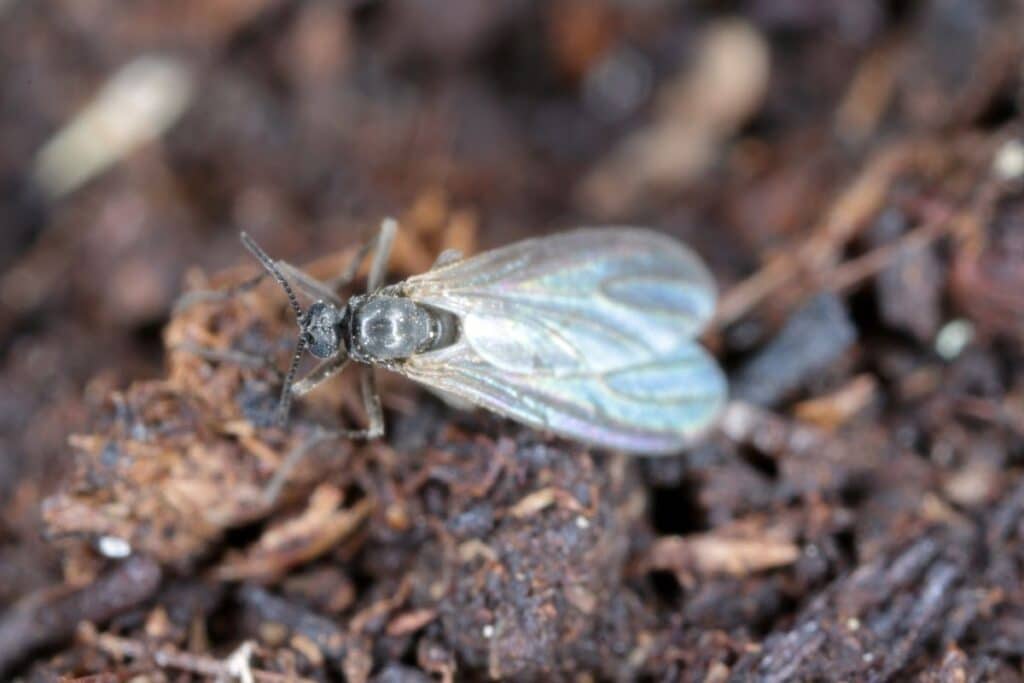
Fungus gnats lay their eggs in the soil, so it’s important to make sure you’re getting the neem oil where they lay their eggs. I like to use a neem oil drench for this because I can be sure the neem oil is reaching the roots where they lay their eggs.
It’s also a good idea to let the soil dry out between watering if you are experiencing a fungus gnat infestation because they are attracted to damp conditions.


